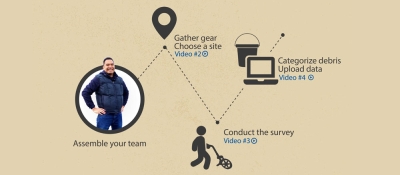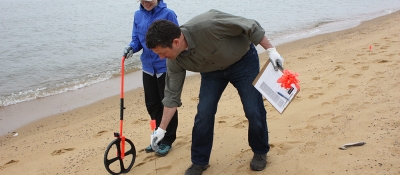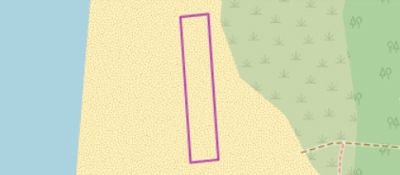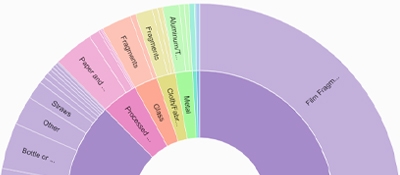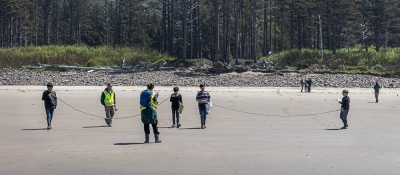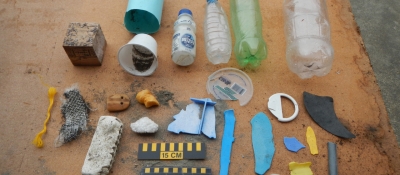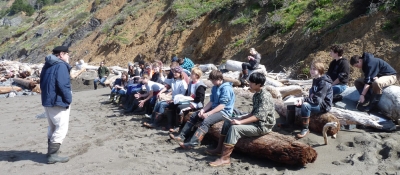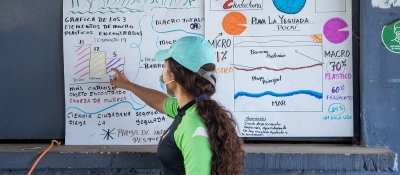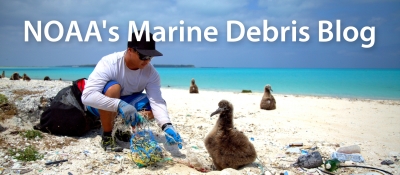Start by viewing our tutorial series, available in English and Spanish. These four short training videos introduce participants to MDMAP and how to conduct a survey. Use them to get started, refresh your skills, or to train new team members. These videos complement the Shoreline Survey Guide and Item Categorization Guide, also found here.
 An official website of the United States government.
An official website of the United States government.
Official websites use .gov
A .gov website belongs to an official government organization in the United States.
Secure websites use HTTPS
A small lock or https:// means you’ve safely connected to a .gov website. Share sensitive information only on official, secure websites.


